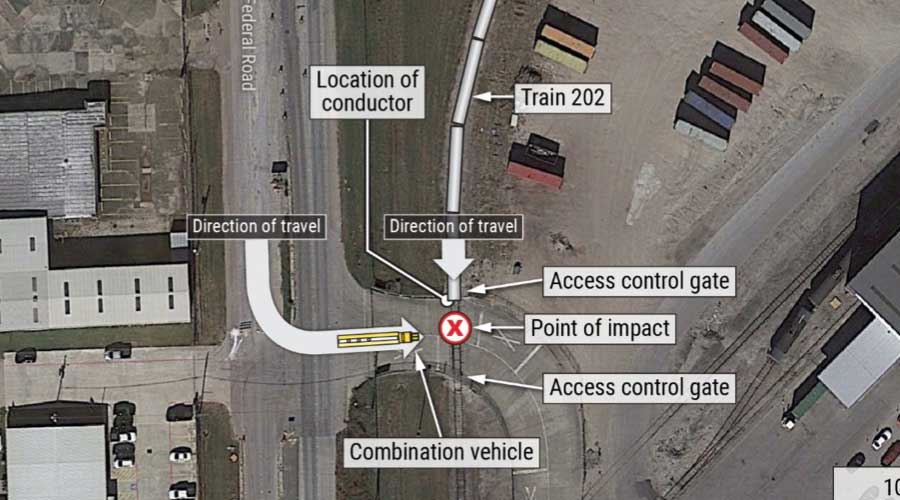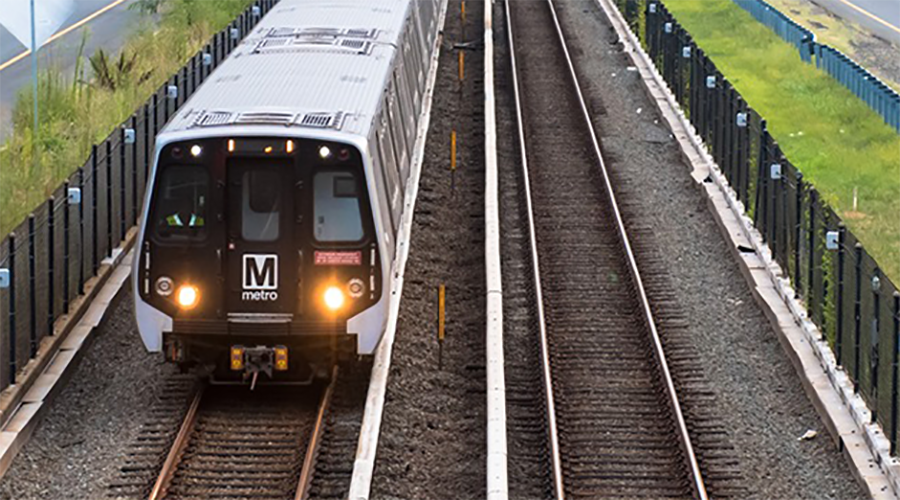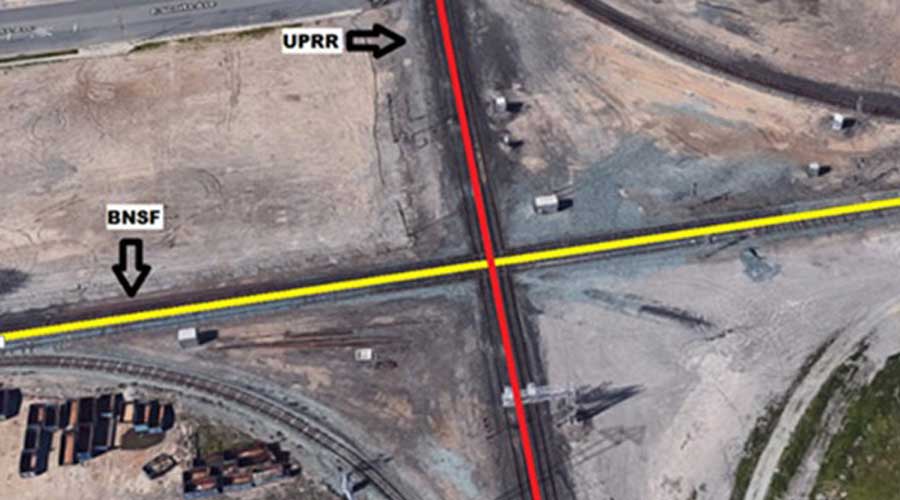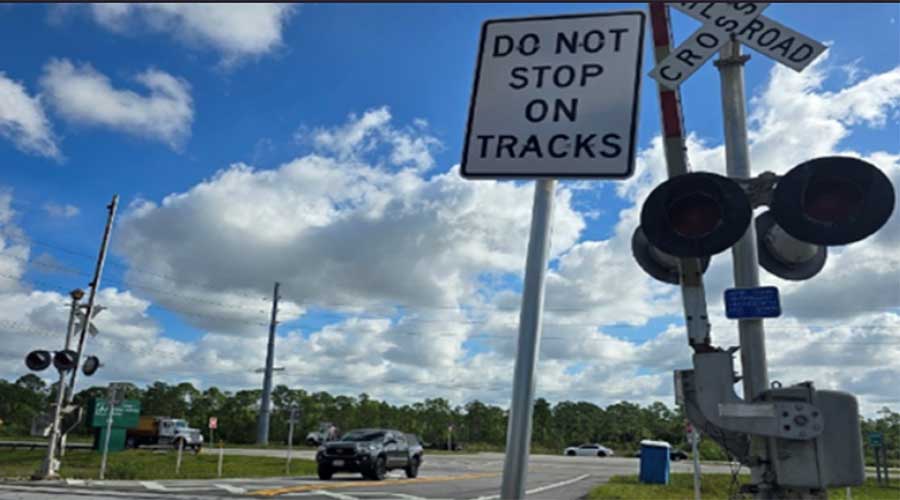Stay updated on news, articles and information for the rail industry
10/25/2023
Rail News: Federal Legislation & Regulation
NTSB: Driver's failure to stop at grade crossing led to train conductor's death

The National Transportation Safety Board (NTSB) has released its investigative report into the October 2021 fatality of a conductor who died when his train collided with a combination vehicle in a private grade crossing in Texas.
The safety issue identified in the report is the need to prohibit railroad employees from riding shoving movements through highway-railroad grade crossings equipped with only flashing lights or passive warning devices and without ground protection.
As a result of its investigation, the NTSB issued one recommendation to the Federal Railroad Administration, as well as one recommendation to the General Code of Operating Rules Committee, the Northeast Operating Rules Advisory Committee, CN, the Norfolk Southern Railway and the American Short Line and Regional Railroad Association.
The accident occurred Oct. 29, 2021, when a Watco Dock and Rail LLC (WDRL) conductor from a WDRL train was killed protecting a shoving movement when the train collided with a Gemini Motor Transport-operated combination vehicle at a private grade crossing outside the Greens Port Industrial Park in Houston.
The conductor was riding on the platform of the leading rail car of the train when he was pinned between the train and the combination vehicle as both vehicles simultaneously entered the grade crossing of the industrial park.
Investigators found that the crossing was equipped with only passive warning devices; there were no barriers to the tracks; and there was no crew on the ground with full visibility of the area. This left the train conductor with a limited amount of time to observe the approaching combination vehicle before the train entered the crossing.
Although required by the Gemini Motor Transport code of conduct to stop before entering a grade crossing, the driver did not. The NTSB concluded that requiring ground protection at passive grade crossings will make sure that trains don't enter the crossing until it is clearly seen by the train crew that no traffic is approaching or stopped at the crossing.
The board also found that U.S. railroads rely on their own operating rules, which allow train crews to ride shoving movements through a grade crossing equipped only with flashing lights or passive warning devices, without the benefit of ground protection, increasing the risk of collision if the train crew or vehicle driver is not aware or does not observe the potential conflict.
NTSB concluded that the accident's probable cause was the combination-vehicle driver's failure to stop before entering the crossing. Contributing to the accident was the train’s movement through a passive grade crossing without adequate protection.
As a result of the investigation, the NTSB recommended that the FRA and rules committees, railroads and associations prohibit railroad employees from riding shoving movements through highway-railroad grade crossings equipped only with flashing lights or passive warning devices unless ground protection is provided.
The board's full report of the accident can be read here.
Contact Progressive Railroading editorial staff.


 2025 MOW Spending Report: Passenger-rail programs
2025 MOW Spending Report: Passenger-rail programs
 Gardner steps down as Amtrak CEO
Gardner steps down as Amtrak CEO
 Guest comment: Oliver Wyman’s David Hunt
Guest comment: Oliver Wyman’s David Hunt
 Women of Influence in Rail eBook
Women of Influence in Rail eBook
 railPrime
railPrime







